Burial Site for Radioactive Waste of the Republican Specialized Combine (RSC)
43.065664, 74.422723
The state enterprise Republican Specialized Combine (RSC) has been operating since May 1965 and is intended for the collection, transportation, burial of radioactive waste, decontamination of special clothing and linen contaminated with isotopes, as well as for the delivery of radioactive materials to medical institutions in Bishkek. For this purpose, there is a radioactive waste burial site (RWBS), with a decontamination station for vehicles and containers, a garage for special vehicles, a specialized laundry with the necessary technological equipment, and a mechanical workshop.
All types of work are funded from the Republican budget, according to the resolution of the Government of the Kyrgyz Republic No. 554 dated November 15, 1991.
The specialized combine has the right to engage in this activity under the General License of the Ministry of Environmental Protection of the Kyrgyz Republic No. 32 dated March 10, 2000.
The State Customs Service under the Government of the Kyrgyz Republic has recorded since October 2011 the entry of Japanese passenger cars with varying degrees of contamination from radioactive fission products of uranium across the border with Kazakhstan following the major accident at the Fukushima nuclear power plant. As of April 1, 2017, there were 200 vehicles with elevated radiation levels on the territory of the Kyrgyz Republic that had arrived from Japan. According to the Resolution of the Government of the Kyrgyz Republic dated November 21, 2016, No. 605 "On the Decontamination of Vehicles with Elevated Radiation Levels Imported from Japan," all vehicles underwent decontamination in 2017 at the radioactive waste burial site (RWBS) of the Republican Specialized Combine, and 192 vehicles were accepted by the interdepartmental commission as "clean" and sent to the customs terminal, while the remaining vehicles with elevated radiation levels (8 units) remained and are currently under guard at the site until further notice from the Government.
The radioactive waste burial site is located 28 km north of Bishkek (Chui region, Sokuluk district). The total area of the RWBS is 302 hectares, of which 5 hectares is a strict regime zone, fenced with concrete slabs and chain-link fencing, and 297 hectares is a sanitary protection zone.
The land was granted for indefinite use by a state act in 1996 based on the Resolution of the Government of the Kyrgyz Republic dated October 15, 1992, No. 507.
Despite this government resolution, part of the sanitary protection zone allocated to the specialized combine was designated for residential construction in private ownership by the resolutions of the Novopavlovsky Ayil Kenesh No. 619 and 620 dated July 10, 2008, covering areas of 24.0 hectares and 25.0 hectares. State acts were issued for all these plots.
In 2010, 30 hectares of the sanitary protection zone were also allocated to the Bishkek city administration for an urban cemetery.
By decisions of the Supreme Court of the Kyrgyz Republic, all plots were returned to their legal owner: the Republican Specialized Combine in 2016-2020 and placed on the balance sheet. However, in 2018, the Novopavlovsky Ayil Okmotu again sold another part of the sanitary zone of the RWBS to the director of the construction company "Aldos-Group" (5 plots). The management of the RSC only learned about this on April 5, 2021. The documents for the return of the land are currently under review by the State National Security Committee of the Kyrgyz Republic.
The strict regime zone of the RWBS, covering 5 hectares, is divided into a conditionally "dirty" area, fenced with concrete slabs, and a conditionally "clean" area, fenced with chain-link fencing. The criminal situation in the area of the radioactive waste burial site (Chui region, Sokuluk district) has worsened due to land seizures for residential construction. The sanitary protection zone lacks fencing, allowing access to unauthorized persons, vehicles, and livestock. The fencing, designed in 1964 from barbed wire, has been stolen by residents of neighboring dacha settlements, and due to the land issue in the republic, there is an urgent need to establish protection for the entire territory of 302 hectares.
The burial site is an underground container of 600 m³, divided into 20 compartments 5 m deep, which are covered with removable slabs made of reinforced concrete and asphalt. Six compartments of the burial site are filled and sealed. Currently, three compartments are in operation. They are used for the disposal of technological process devices (gamma densitometers, level gauges, fire detectors, static electricity neutralizers, etc.), control sources, radioactive waste from medical research, radioactive sources from therapeutic medical equipment, etc.
In recent years, radioactive sources containing radioactive isotopes have been accepted for burial: Cesium 137, Plutonium 238, 239, Promethium 147, Radium 226, Cobalt 60, Americium + Beryllium 241, Iridium 192, Strontium 90, Thulium 170, Californium 252.
In 2005, with financial resources from the Department of Reducing Global Threats of the National Nuclear Security Administration of the U.S. Department of Energy, a capital reinforced concrete building (36x18 m) costing over $200,000 was constructed above the burial site.
The building is equipped with:
- Sliding metal gates with two high-security locks, opened by the rule of two persons.
- A crane for unloading containers with radioactive waste from special vehicles and burying them in the burial site;
- A modern light and sound alarm system that activates when unauthorized persons enter the building. The alarm system is coded with memory for alerts, and the password is known to a limited number of individuals (the guards do not know it and cannot disable the alarm). There is autonomous power supply capable of ensuring 30 days of uninterrupted operation of the alarm system (the charging of gel batteries is automatic).
To enhance the security of the guards, physical protection and the security room were modernized in 2008 and 2015 with financial resources from the U.S. Department of Energy – armored doors and bulletproof window glass were installed. Working conditions for the guards were improved (two air conditioners and furniture were purchased).
The building is under round-the-clock video surveillance. Fourteen cameras have been installed with a feed to a monitor in the security room of the RWBS and the "Yunger" company. The area is illuminated at night.
In April – May 2022, another modernization of the video surveillance and physical protection system is planned. The agreement on gratuitous financial and technical assistance to the Republican Specialized Combine by the U.S. Department of Energy (NNSA) has been extended until May 2024. The program's objective is to ensure the safe storage of radioactive substances, preventing the proliferation of nuclear materials.
The state enterprise Republican Specialized Combine (RSC) has been operating since May 1965 and is intended for the collection, transportation, burial of radioactive waste, decontamination of special clothing and linen contaminated with isotopes, as well as for the delivery of radioactive materials to medical institutions in Bishkek. For this purpose, there is a radioactive waste burial site (RWBS), with a decontamination station for vehicles and containers, a garage for special vehicles, a specialized laundry with the necessary technological equipment, and a mechanical workshop.
All types of work are funded from the Republican budget, according to the resolution of the Government of the Kyrgyz Republic No. 554 dated November 15, 1991.
The specialized combine has the right to engage in this activity under the General License of the Ministry of Environmental Protection of the Kyrgyz Republic No. 32 dated March 10, 2000.
The State Customs Service under the Government of the Kyrgyz Republic has recorded since October 2011 the entry of Japanese passenger cars with varying degrees of contamination from radioactive fission products of uranium across the border with Kazakhstan following the major accident at the Fukushima nuclear power plant. As of April 1, 2017, there were 200 vehicles with elevated radiation levels on the territory of the Kyrgyz Republic that had arrived from Japan. According to the Resolution of the Government of the Kyrgyz Republic dated November 21, 2016, No. 605 "On the Decontamination of Vehicles with Elevated Radiation Levels Imported from Japan," all vehicles underwent decontamination in 2017 at the radioactive waste burial site (RWBS) of the Republican Specialized Combine, and 192 vehicles were accepted by the interdepartmental commission as "clean" and sent to the customs terminal, while the remaining vehicles with elevated radiation levels (8 units) remained and are currently under guard at the site until further notice from the Government.
The radioactive waste burial site is located 28 km north of Bishkek (Chui region, Sokuluk district). The total area of the RWBS is 302 hectares, of which 5 hectares is a strict regime zone, fenced with concrete slabs and chain-link fencing, and 297 hectares is a sanitary protection zone.
The land was granted for indefinite use by a state act in 1996 based on the Resolution of the Government of the Kyrgyz Republic dated October 15, 1992, No. 507.
Despite this government resolution, part of the sanitary protection zone allocated to the specialized combine was designated for residential construction in private ownership by the resolutions of the Novopavlovsky Ayil Kenesh No. 619 and 620 dated July 10, 2008, covering areas of 24.0 hectares and 25.0 hectares. State acts were issued for all these plots.
In 2010, 30 hectares of the sanitary protection zone were also allocated to the Bishkek city administration for an urban cemetery.
By decisions of the Supreme Court of the Kyrgyz Republic, all plots were returned to their legal owner: the Republican Specialized Combine in 2016-2020 and placed on the balance sheet. However, in 2018, the Novopavlovsky Ayil Okmotu again sold another part of the sanitary zone of the RWBS to the director of the construction company "Aldos-Group" (5 plots). The management of the RSC only learned about this on April 5, 2021. The documents for the return of the land are currently under review by the State National Security Committee of the Kyrgyz Republic.
The strict regime zone of the RWBS, covering 5 hectares, is divided into a conditionally "dirty" area, fenced with concrete slabs, and a conditionally "clean" area, fenced with chain-link fencing. The criminal situation in the area of the radioactive waste burial site (Chui region, Sokuluk district) has worsened due to land seizures for residential construction. The sanitary protection zone lacks fencing, allowing access to unauthorized persons, vehicles, and livestock. The fencing, designed in 1964 from barbed wire, has been stolen by residents of neighboring dacha settlements, and due to the land issue in the republic, there is an urgent need to establish protection for the entire territory of 302 hectares.
The burial site is an underground container of 600 m³, divided into 20 compartments 5 m deep, which are covered with removable slabs made of reinforced concrete and asphalt. Six compartments of the burial site are filled and sealed. Currently, three compartments are in operation. They are used for the disposal of technological process devices (gamma densitometers, level gauges, fire detectors, static electricity neutralizers, etc.), control sources, radioactive waste from medical research, radioactive sources from therapeutic medical equipment, etc.
In recent years, radioactive sources containing radioactive isotopes have been accepted for burial: Cesium 137, Plutonium 238, 239, Promethium 147, Radium 226, Cobalt 60, Americium + Beryllium 241, Iridium 192, Strontium 90, Thulium 170, Californium 252.
In 2005, with financial resources from the Department of Reducing Global Threats of the National Nuclear Security Administration of the U.S. Department of Energy, a capital reinforced concrete building (36x18 m) costing over $200,000 was constructed above the burial site.
The building is equipped with:
- Sliding metal gates with two high-security locks, opened by the rule of two persons.
- A crane for unloading containers with radioactive waste from special vehicles and burying them in the burial site;
- A modern light and sound alarm system that activates when unauthorized persons enter the building. The alarm system is coded with memory for alerts, and the password is known to a limited number of individuals (the guards do not know it and cannot disable the alarm). There is autonomous power supply capable of ensuring 30 days of uninterrupted operation of the alarm system (the charging of gel batteries is automatic).
To enhance the security of the guards, physical protection and the security room were modernized in 2008 and 2015 with financial resources from the U.S. Department of Energy – armored doors and bulletproof window glass were installed. Working conditions for the guards were improved (two air conditioners and furniture were purchased).
The building is under round-the-clock video surveillance. Fourteen cameras have been installed with a feed to a monitor in the security room of the RWBS and the "Yunger" company. The area is illuminated at night.
In April – May 2022, another modernization of the video surveillance and physical protection system is planned. The agreement on gratuitous financial and technical assistance to the Republican Specialized Combine by the U.S. Department of Energy (NNSA) has been extended until May 2024. The program's objective is to ensure the safe storage of radioactive substances, preventing the proliferation of nuclear materials.

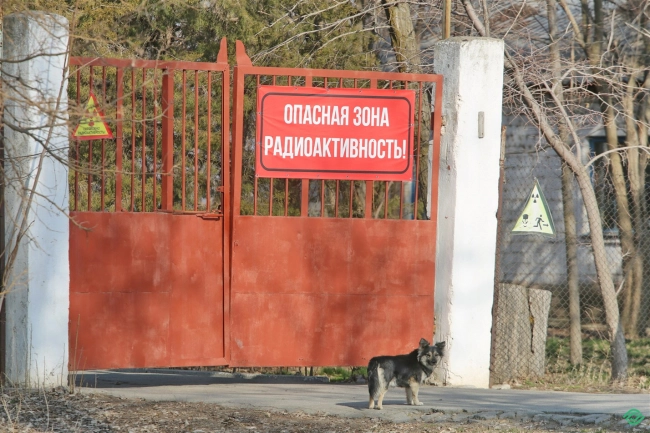

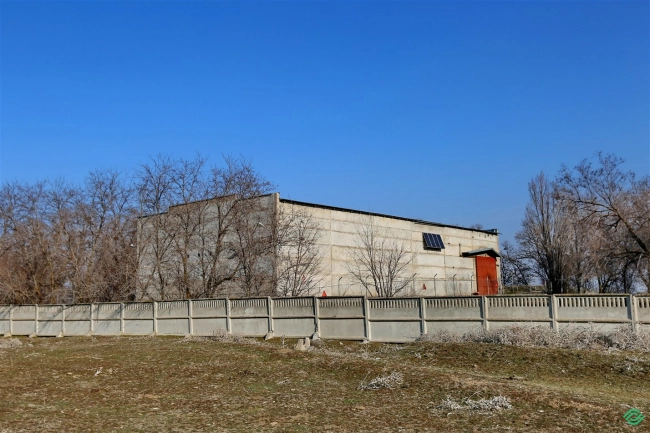
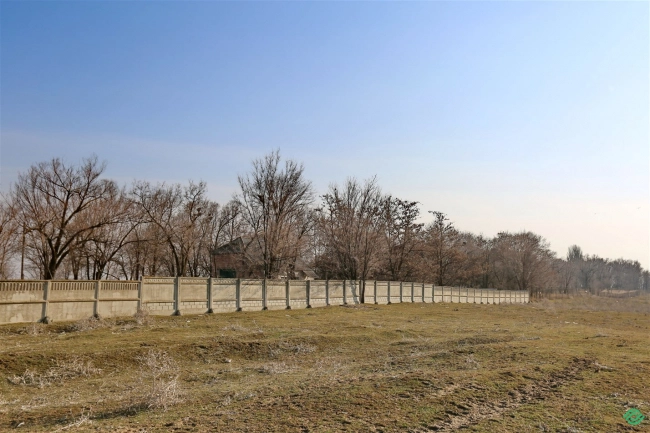
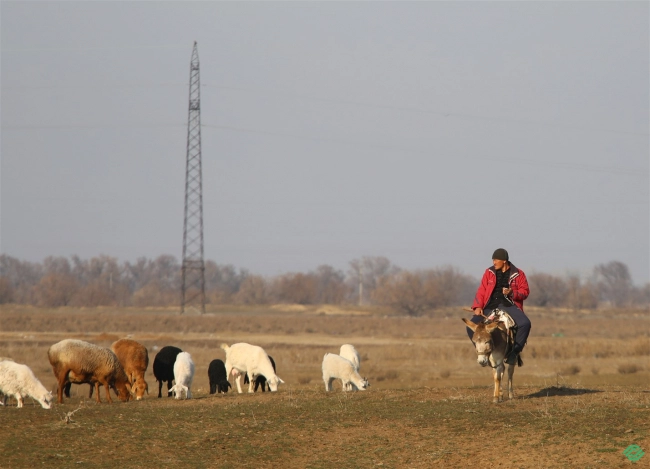
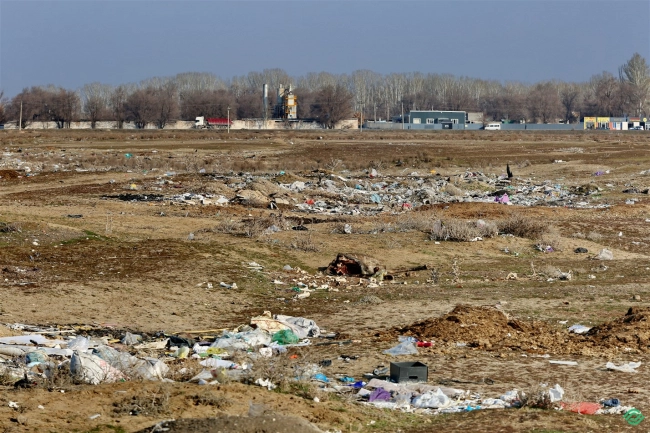

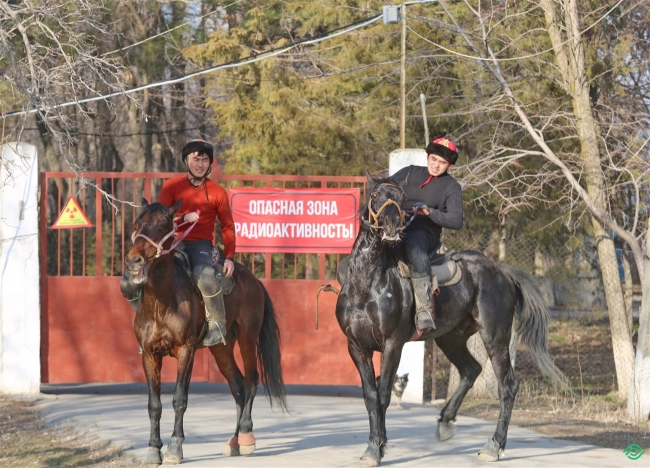

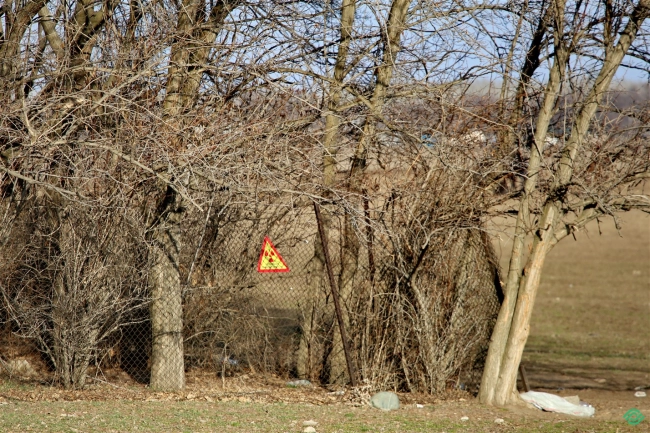
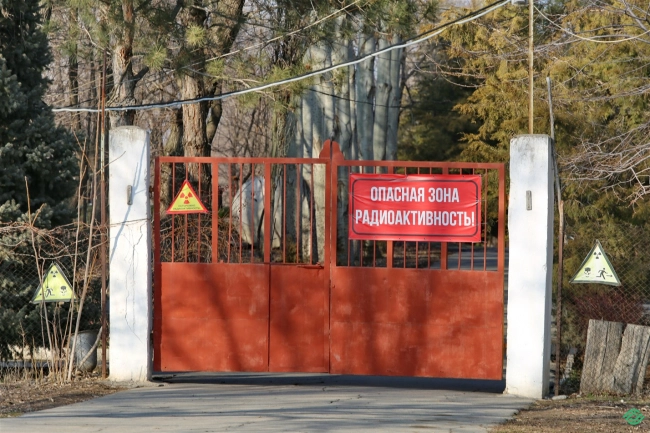





















Attention: Information based on submitted complaints